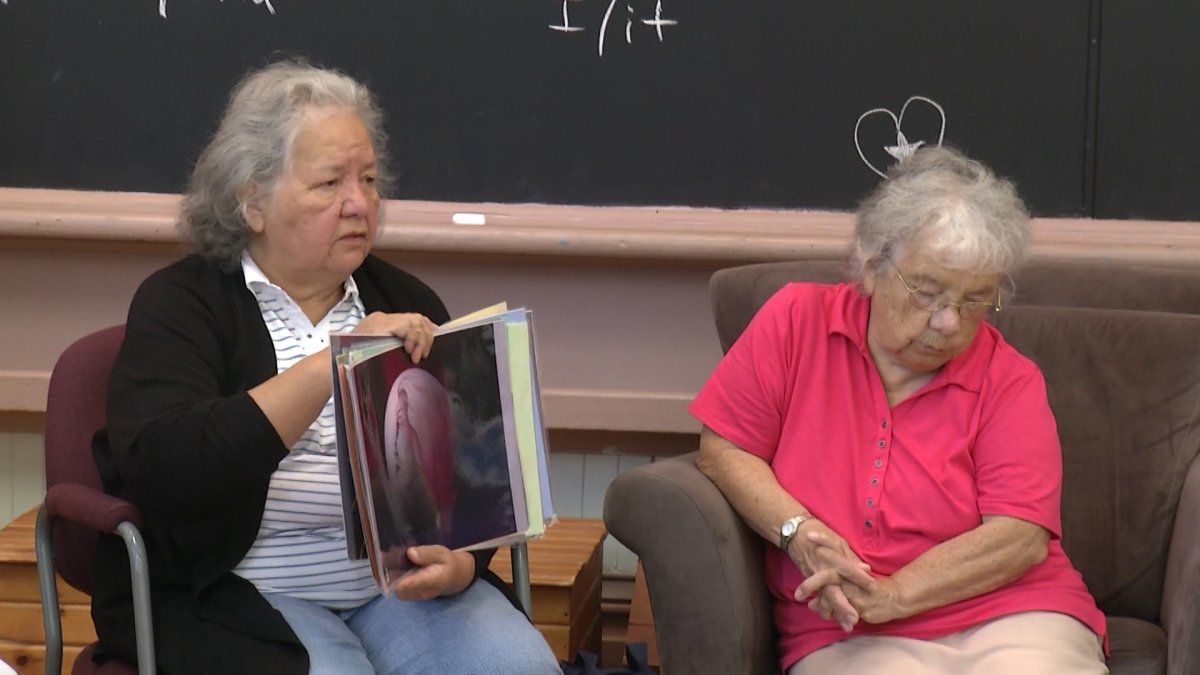The Mohawk language is considered endangered, with fewer than 2,500 people speaking it in Canada and the United States. But, efforts are being made to keep the language alive on Tyendinaga Mohawk Territory in southeastern Ontario.

It’s been three years since a certificate in Mohawk Language and Culture — a partnership program between Queen’s University and Tsi Tyónnheht Onkwawén:na Language and Cultural Centre — has been made available to the Tyendinaga community and Mohawk Nation. Since then, more than 20 Indigenous students have enrolled.
Within the Tyendinaga Mohawk Territory, there haven’t been fluent, first-language speakers in the community for the last 20 years. But with calls of action from the Truth and Reconciliation Commission, language and culture programs are now being offered for the next generation to connect to their lost heritage.
“Speaking the language and hearing the language and being a part of the language learning community helps us reconnect with that culture because it was one of the things that was suppressed, if not actively suppressed, then certainly discouraged,” said Nathan Thanyehténhas Brinklow, who teaches the Mohawk language for the Queen’s University course.
Brinklow says he knows firsthand how Canada’s residential and day school system has stopped the passing down of Indigenous language through generations.
“My great-grandmother was one of the last people to speak (our language). She was one of the people who went to a residential school. It didn’t happen a lot from Tyendinaga but she did, she went to the Mush Hole (Mohawk Institute Residential School) in Brantford. So I think about her,” he said.

Brinklow said although his great-grandmother could still speak the language after coming home from the residential school, she did not teach her children in hopes that assimilating to western culture would give them a better life.
With classes like his, Brinklow says there’s an ability to try to revive the history and culture that was nearly snuffed out by colonization and residential schools.
“Now there’s a whole generation that gets to undo what was done.”
On top of the current class being offered through Queen’s University, Tsi Tyónnheht Onkwawén:na is currently working towards getting funding and approval for a new permanent language centre, the Kenhtè:ke Language and Cultural Centre.
The project is in need of federal and community support, but Thursday, Tsi Tyónnheht Onkwawén:na announced a big step forward in the potential build, with the hiring of Toronto-based architect Brook McIlroy’s Indigenous Design Studio, which will oversee construction once funding has been confirmed.
“The time to build and invest in a next generation of speakers is now. To reverse the decline of Indigenous languages in Canada, the Truth and Reconciliation Commission final report called for the establishment of more education and cultural spaces,” a news release from the cultural centre said Thursday.
If funding is approved, the new cultural centre would house school programs, an outdoor playground for the students, and a traditional replica longhouse.
Brinklow says Canada marking the first National Day for Truth and Reconciliation is a sign that more Canadians are becoming aware of the country’s dark past, but there is a lot more work to be done.
“Non-Indigenous folks are starting to see our shared history and see what their history has cost us. So we’re having a bit of a moment in a positive way,” he said.
He says a concrete way of supporting reconciliation efforts is investing in programs and infrastructure that help support the growth of Indigenous languages.






Comments